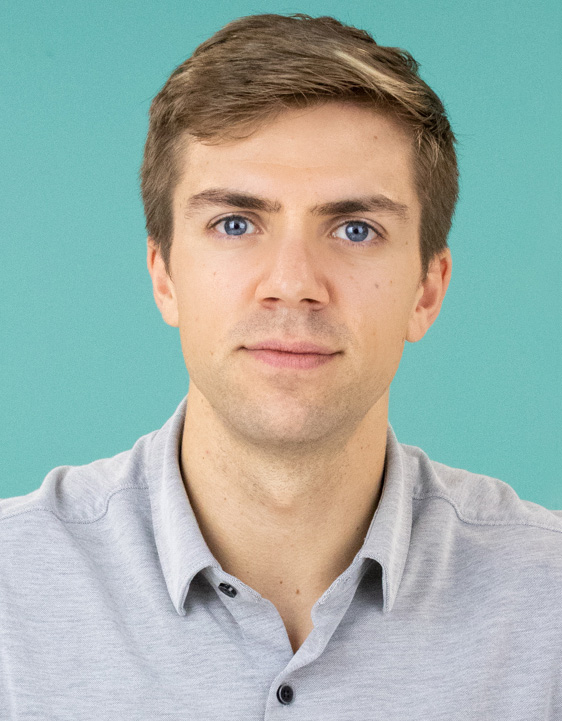Hello to Canada’s SaaS Community,
I love when tech companies take inspiration from other industries and make it their own. This is exactly what Matt Brown, the VP of Customer Success & Service at Solink, did when thinking about how to build relationships with customers. Speaking with SAAS NORTH, Matt shared how Solink takes its customer success inspiration from high-end hospitality.
Key takeaways:
- Good customer success requires both tracking the right metrics and building human relationships.
- The best way to build trust is to give people more than they expect.
- Outreach needs to be personalized to truly build trust and relationships, otherwise it feels transactional.
Co-Founder/Producer, SAAS NORTH Conference Editor, SAAS NORTH NOW
Good customer success is both metrics-focused and relationship-focused. The metrics had to be invented or adapted for SaaS platforms, but inspiration abounds for relationship building. Matt Brown, the VP of Customer Success & Service at Solink, takes particular inspiration from high-end hospitality.
Speaking with SAAS NORTH, Matt shared more about how he brings ritzy restaurant and hotel tactics into the tech world for Solink’s customers.
Inspiration to go further
On the surface, Solink operates like many other CS functions: Matt and his team track key metrics like gross revenue retention (GRR), net revenue retention (NRR), and percentage of accounts engaged per month. The company has lifecycles and customer journeys unique to Solink’s use cases. The CS team develops how-to guides and other educational content for customers. And there is a feedback loop, both from surveys and individual conversations, so the voice of the customer is part of product and business discussions.
“What makes customer success really fun is being all-encompassing, cross-functionally to say, ‘how do we get this whole business moving together and rallying around championing our customers,’” said Matt.
But that’s only half the equation. When it comes to the human side of things, Matt wants his team to act as if they work for the Ritz (sort of).
Taking inspiration from two books—Setting The Table by Danny Meyer and Unreasonable Hospitality by Will Guidara—Matt trains his team to build relationships based on the theory of “contextual hospitality.”
In contextual hospitality, you build trust by giving people more than they expect. In an ideal world, this happens right at the start and customers never have problems. But when they do, it’s a mechanism for repairing the situation.
Many customer success functions operate like this: teams take as many pre-emptive steps as possible, but mistakes sometimes happen. When they do, a CSM fixes the error as quickly as possible and apologizes for the mistake.
Applying contextual hospitality, Matt takes this approach two steps further. First is the idea of not just fixing the problem, but giving someone a benefit they wouldn’t expect. For example, in a restaurant, it might be a free dessert or for Solink it might be a going the extra mile on customer service and attentiveness. Second is ensuring that the thing you give a customer is personalized. In a restaurant, that might mean offering fruit instead of ice cream if a patron said they didn’t eat dairy. For Solink, Matt said it’s much more about leveraging what CSMs know about the individual customer in order to make the outreach feel special.
“If we know the customer, if we know the person, we can make this gesture a little bit more personalized, which takes it kind of one step further than just saying, ‘here’s a credit’ or whatever it might have been,” said Matt.
You’re investing in your customers
This kind of high-touch (and sometimes high-cost) hospitality might elicit scoffs from some entrepreneurs operating on tight margins. But in any SaaS business, this kind of spend is not about the dollar coming in now—it’s about every dollar that will ever come in from that customer and the additional customers that person may refer.
Prepping for this kind of hospitality requires resources, but Matt believes it’s not a cost, but rather an investment that pays dividends: renewal, expansion, and referral business.
This organic approach has been incredibly successful for Solink. The company used to have a multi-step, incentivized referral program where customers would be prompted to make a referral if they had a good experience and be paid if their referrals signed up. But through a contextual hospitality lens, Matt said customers are happy to talk about the experience they had with Solink as a normal story—this leads naturally to significantly more referrals than Solink ever got with its paid program.
“We’ve tried both, but kind of gave up on the paid model,” said Matt. “The best referrals that we get are straight word-of-mouth from one customer to another, as well as customers leaving one organization and taking us with them to their next organization. I think that’s also a true testament to the value that you’ve been able to create.”



